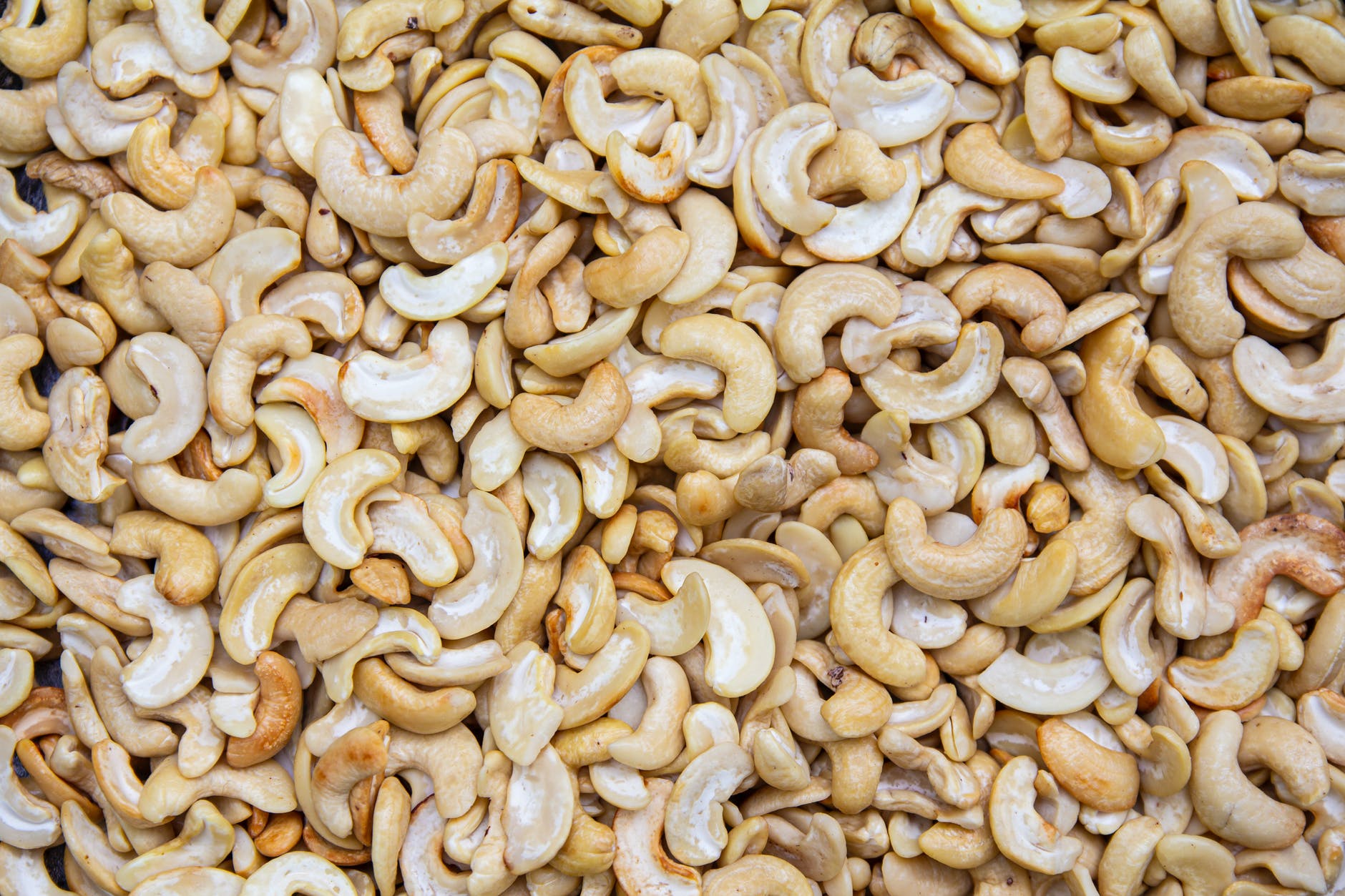Rio Grande do Norte, which today ranks as the third largest producer, behind Ceará and Pia, may resume the national cashew production process, as it did for chestnuts, until mid-2010. Embrapa Agroindústria Tropical, Gustavo Saavedra, the State should triple its productivity in the next eight years, jumping from 17 thousand tons to 50 thousand tons of research per year, which will represent about R$ 300 million.
Currently, cashew generates around R$ 100 million, according to Sebrae’s culture.
The researcher’s estimate was presented at the Seminar of the Audience Amâncio Ramalho, at the Federal Rural University of Cajucultura (USA). The event was part of Expofruit’s scientific program. The “potiguar cashew crop”, as Saavedra classified it, should come from orchards in October 2022, when they will be launched and inserted in mountainous regions of the state, like two clones from Serra de Santana, dwarfs developed by Serra de Santana Embrapa.
Adapted to the climatic conditions of the region through genetic improvement, the clones have, as their main characteristic, a high productivity. Gustavo Saavedra warns, however, that the arrival of new cashew clones alone will not be able to leverage production. Investing in the management and genetic improvement that is crucial for the productivity of tripled cashew nut in Rio Grande do Norte, also associated with cultivation in traditional areas, such as in the municipalities of Severiano Melo and Serra do Mel, in the West region.
“Triplicating production is a very realistic goal. Clone 1 and clone 2, as they are being called very well, by decisions and performance tests in the mountains, with much higher productivity. This brings new perspectives for cashew farming in the state, from the moment it is available, also excellent genetic improvement and excellent management, the best configuration for the best increase in production”, available.
Currently, a cashew crop generates around R$ 100 million. “Today, we have a production of 7 thousand tons, about 320 kilos per hectare/year, which is very low. If we don’t think of a daring goal, such as tripling productivity, the State runs the risk of leaving this market”, says Gustavo Saavedra. He explains that management technologies to triple production exist and that, therefore, a goal is achievable.
“The idea is that this work will become even more intense in the coming years, with the support of extension, credits, and management of municipal companies, to revitalize cashew culture”, he says.
In line with the prospects for the production chain in the State, Sebrae-RN will develop, in the coming years of new views, with partners, a series of new measures to strengthen the sector. The focus is on adding value to products by small agro-industries and small agro-industries.
Sebrae worked exclusively in fruit growing, with support for technology, innovation, introduction of clones, guidance for grafting, and began the work of geographical identification of the Serra do Mel chestnut, in order to cover all regions of the State.
Font: http://www.tribunadonorte.com.br/noticia/produa-a-o-de-castanha-no-rn-deve-triplicar-ata-2030/526330










